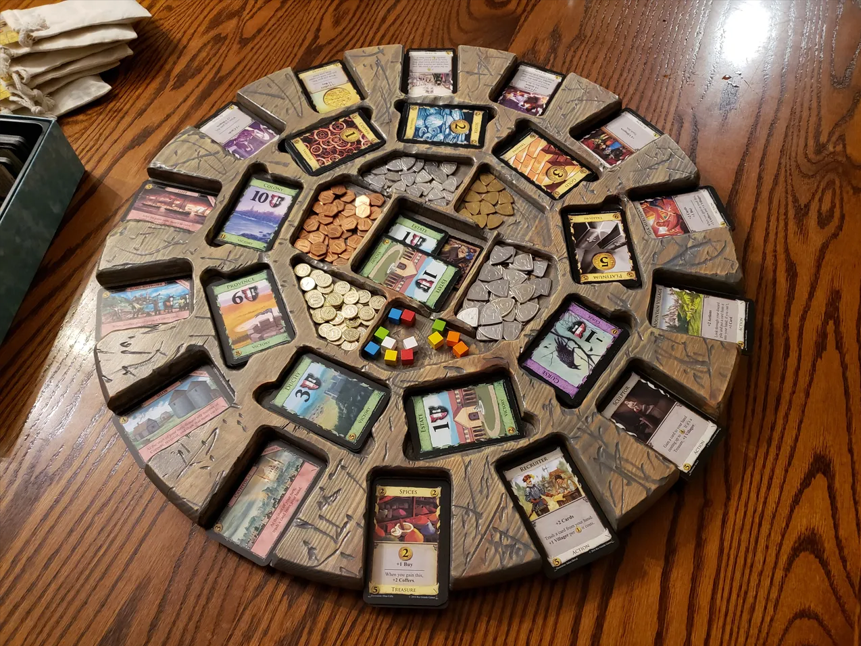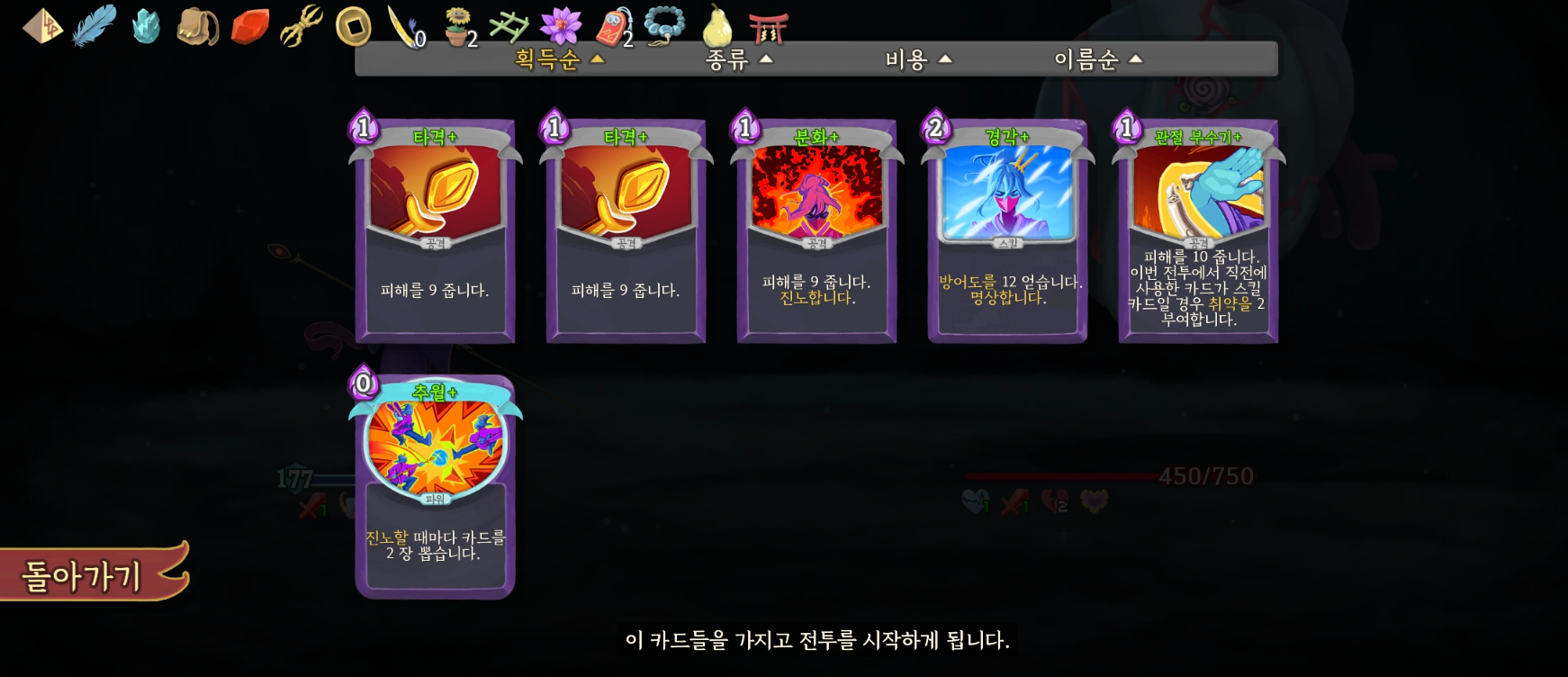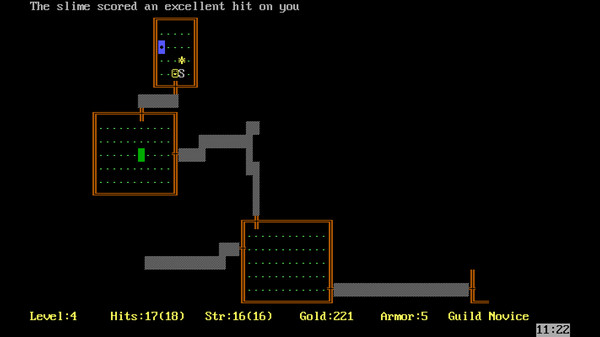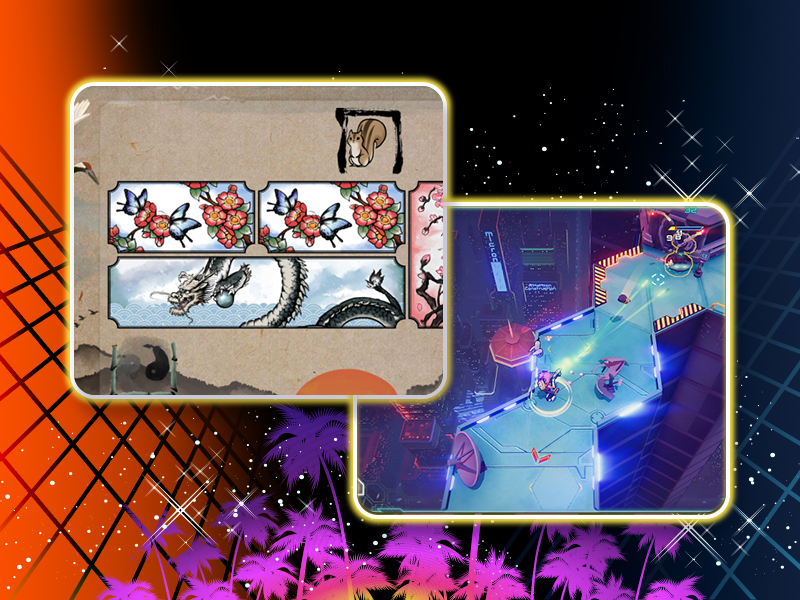Chaos Zero Nightmare comes with big expectations, but it’s not a game you can explain in a single line. Genre labels might resonate with core gamers, but for players more familiar with mobile idle titles or illustration-driven 2D games, those terms can feel strangely unfamiliar.
It’s like hearing, “Defensive tackle Aaron Donald—not even an edge rusher—blew through a triple team and wrecked an option play,” or “Julian Alaphilippe, in the Maillot Jaune, attacked from the peloton and soloed to a panoramic finish.” The words land, but the meaning doesn’t.
So let’s unpack the two key ideas you need to understand Chaos Zero Nightmare—its illustration-driven presentation, plus the concepts of deck-building and roguelike.

Figure 1. In short, that phrasing means “that person is unbelievably good.”
Chaos Zero Nightmare, a Fusion of Genres
Chaos Zero Nightmare is a “dark-fantasy roguelike RPG.” It may sound buzzwordy—and while genres get mashed up a lot today, this combination is still uncommon.
To grasp the genre, start with what the game is: a character-collecting and growth title set in a universe ruined by an unknown entity called “Chaos.”
It’s an apocalyptic sci-fi world—by nature, dark. The game includes dozens of character death scenes and even systems to manage mental health when trauma occurs. Dark upon dark—hence “dark fantasy.” The “RPG” part may stray from classical role-playing, but given how modern RPGs work, we can let that pass.

Figure 2. It’s dark—hence dark fantasy.
Before we talk about deck-building, no—you don’t need to own a building for it.
Before “roguelike,” we need “deck-building,” because Chaos Zero Nightmare is a roguelike built on deck-building.
Players combine character-specific cards with shared cards to create vast combinations, rethinking skills and synergies each run. That’s a structure rare in big Korean mobile titles—hence the need to explain “deck-building” and “roguelike.”
People often cite Balatro (2024) or Slay the Spire (2017)—“It’s like Slay the Spire.” That helps if you know those games. Otherwise it invites confusion: “Then are Rage of Bahamut (2011) or Hearthstone (2014) also deck-builders? Why are those called CCGs?”
A deck-builder is a card game where you build your deck during play. The core: you start with a minimal deck, then gain, combine, or purge cards as you go to evolve it.
This differs from TCG/CCG formats like Magic: The Gathering, where you build a deck before the match. In deck-builders, you optimize the deck during the run, reacting to what the game deals you.
Like many CRPG roots, deck-building comes from analog board games. The archetype is Donald X. Vaccarino’s Dominion (2008). Players start with bare-bones money, action, and victory cards, then buy new cards each turn to strengthen their decks. The player with the most victory points wins—demanding a deck that cycles efficiently.

Figure 3. A Dominion playtable (source: board-game community)
Building your deck as you play felt fresh and quickly caught on. Early on, even Dominion sometimes got lumped in with TCG/CCG due to the lack of a clear label.
Variants like Thunderstone (2009) and Ascension (2010) built on Dominion’s framework while leaning into dungeon-delving and fantasy combat. More titles followed, solidifying deck-building as a distinct genre.
Deck-building moved into digital swiftly—then exploded when fused with roguelikes. Slay the Spire is the banner example: each run confronts you with new cards, enemies, and events, forcing tough choices on battles and rewards. Difficulty plus randomness creates a constant search for the “optimal choice,” which propelled the genre’s popularity.
Titles like Monster Train (2020), Monster Train 2 (2025), and Across the Obelisk (2021) broadened the audience, cementing deck-building in PC gaming.
Beyond incremental growth, hallmarks include resource management, probabilistic variance, and high replayability.
Variance and replayability spike when paired with roguelike structures. Shuffling means no guarantee of drawing what you want; uncertainty breeds tension. Card synergies plus randomness make every run different, encouraging repeat play and sustaining the genre.

Figure 4. If your deck is this perfectly thinned, you might as well buy a lottery ticket.
I Know IVE’s “After LIKE,” But What’s a “Roguelike”?
With deck-building down, let’s tackle roguelikes. The term comes from Rogue (1980), a computer game created by UC Berkeley students—literally, “like Rogue.” Not to be confused with ASUS’s ROG.
Rogue is an ASCII-based dungeon crawler that codified three pillars: procedural generation, turn-based play, and permadeath.
These ideas are commonplace now but were radical then. In Rogue, you move tile by tile, meet monsters, find items—and if you die, everything resets. That pressure becomes a learning loop: repeated failure → adaptation. Games sharing these concepts came to be called “roguelikes.”

Figure 5. You can still play Rogue today. On Steam, the tag reads “Roguelike.”
Contemporaries include Adventureland (1978), Temple of Apshai (1979), Colossal Cave Adventure (1982), Ultima I (1981), Wizardry (1981), and Castle Wolfenstein (1981). All classics—but Rogue’s design ideas were ahead of their time.
At the heart of roguelikes is death. Permadeath—no save-reload safety net—creates psychological pressure that functions as a teacher. With dungeons and enemies re-rolled each run, you learn through failure, adapting strategies and earning the satisfaction that comes from mastery.
Games like NetHack (1987), Angband (1990), and ADOM (1994) followed, all grouped as roguelikes. The lineage continues with titles such as Pixel Dungeon (2012) and Caves of Qud (2024).
Rogue and its descendants were widely played by developers in the mid-1990s—helped by open access to executables and source code—deeply influencing modern game design.
Blizzard North drew on roguelike methods for Diablo (1996)—its Hardcore mode with permadeath is a direct heir. MMORPGs like Ultima Online (1997) and EVE Online (2003) were also shaped by designers familiar with roguelike death penalties.

Figure 6. How a Hardcore character feels meeting the Butcher with no healing potions.
Perhaps thanks to open-source roots, roguelikes are often long-running labors by solo or small teams. ADOM’s Thomas Biskup developed it solo from 1994–2002 and resumed in 2012; Dwarf Fortress (begun 2002; first release 2006) has likewise evolved for decades, carrying roguelike DNA.
Beloved by devs and players alike, the genre even has its own gatherings—akin to GDC—such as the “Roguelike Developer Conference.” At the 2008 Berlin event, they framed roguelikes this way:
“‘Roguelike’ is a genre—not merely ‘Rogue-like.’ These games can be described by a sort of canon, with ADOM, Angband, Crawl, NetHack, and the progenitor Rogue as exemplars.”
In other words, missing one element doesn’t disqualify a game, and having a few elements doesn’t automatically make it a roguelike either.
Some Comments Say Chaos Zero Nightmare Is a Roguelite, Not a Roguelike?!
Here’s the sticking point: Chaos Zero Nightmare doesn’t use permadeath. So why call it a roguelike? Purists would classify it as a roguelite instead.
By their definition, a roguelite borrows roguelike elements without adhering to the full, classical set.
Typically, instead of permadeath, progress carries over between runs—persistent upgrades and bonuses reduce difficulty over time. For example, items earned this run can be used to power up the next, effectively bypassing strict permadeath and granting advantages through repetition.
Examples include FTL (2012), Risk of Rain (2012), Dead Cells (2018), and Hades (2020). Even Elden Ring (2022) and other “soulslike” titles share broader similarities: you die, try again, and use earned resources to strengthen aspects of your build.

Figure 7. With enough progression across deaths, even clumsy hands can clear all challenges.
The label “roguelite” is contentious—coined partly by purists reacting to later games they felt diluted roguelike traits. So if someone insists, “That’s not a roguelike—my roguelike is different!” you can safely shrug it off.
Genres aren’t cleanly cut anymore. “Vampire-survivors-like” shooters are essentially roguelites with their own label. Chunsoft’s Mystery Dungeon series openly cites Rogue as reference, yet purists question parts of its design—hence it’s often treated as its own subgenre.
Dark-Fantasy Roguelike RPG Chaos Zero Nightmare Launches October 22
In short: deck-building, roguelikes, and roguelites—explained. Now Chaos Zero Nightmare should make much more sense.
If you’ve followed along, you can probably picture the game from its genre tags alone—and even explain it in one line. Model answer:
“Chaos Zero Nightmare, launching on October 22, is Smilegate’s new title set in a dark-fantasy world where you collect and grow compelling characters. It blends roguelike traits with probabilistic card deck-building and other genre strengths to deliver a fresh play experience unlike anything before.”
Too long to memorize? Then remember just two things: October 22, and “Chaos Zero Nightmare is fun.”
However, when quoting content in articles, please credit it as “Smilegate Newsroom.”







 TOP
TOP
